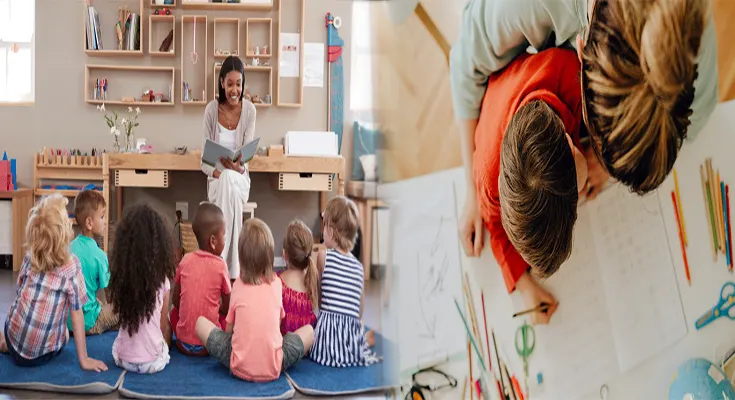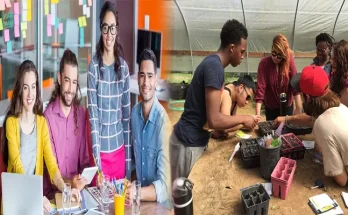In the realm of education, traditional classroom settings are gradually giving way to innovative and nontraditional learning models that offer unique advantages to students. These alternative approaches to learning cater to diverse learning styles and preferences, providing students with opportunities for personalized growth and development. In this article, we will examine the benefits of nontraditional learning models in education.
1. Flexibility and Customization
One of the primary benefits of nontraditional learning models is the flexibility they offer to students. Whether it’s online courses, blended learning environments, or competency-based programs, these models allow students to tailor their learning experience to meet their individual needs and schedules. This flexibility enables students to balance their academic pursuits with other commitments, fostering a more holistic approach to education.
2. Self-Paced Learning
Nontraditional learning models emphasize self-paced learning, giving students the freedom to progress through the material at their own tempo. This approach allows students to delve deeper into topics of interest, take additional time to grasp difficult concepts, and accelerate their learning in areas where they excel. As a result, students have greater control over their education and can optimize their learning outcomes.
3. Diverse Learning Environments
Nontraditional learning models often incorporate diverse learning environments beyond the confines of a traditional classroom. Virtual reality, simulations, experiential learning opportunities, and real-world projects are just a few examples of the immersive experiences that enhance students’ understanding and engagement. These varied learning environments provide students with practical skills and knowledge that extend beyond textbook learning.
4. Foster Critical Thinking and Problem-Solving Skills
Nontraditional learning models emphasize critical thinking, problem-solving, and creativity as essential components of the educational experience. By presenting students with real-world challenges and authentic learning tasks, these models encourage students to think analytically, develop innovative solutions, and apply their knowledge in practical situations. This focus on higher-order thinking skills equips students with the abilities needed to excel in a rapidly evolving job market.
5. Support for Diverse Learning Styles
Nontraditional learning models recognize and accommodate the diverse learning styles and preferences of students. Visual, auditory, kinesthetic, and tactile learners can benefit from multimedia resources, interactive activities, hands-on experiences, and other tools tailored to their individual preferences. By catering to diverse learning styles, nontraditional models promote inclusivity and ensure that all students have the opportunity to succeed.
Nontraditional learning models in education offer a multitude of benefits that empower students to thrive in a dynamic and ever-changing world. From flexibility and customization to self-paced learning, diverse learning environments, critical thinking skills, and support for diverse learning styles, these models cater to the individual needs and preferences of students. By embracing nontraditional approaches to learning, educators can create engaging, effective, and inclusive educational experiences that prepare students for success in the 21st century and beyond.





